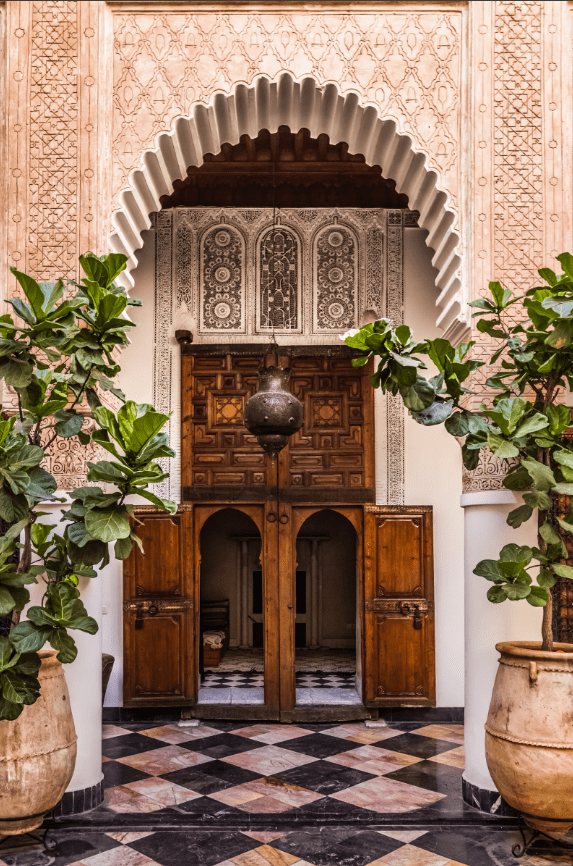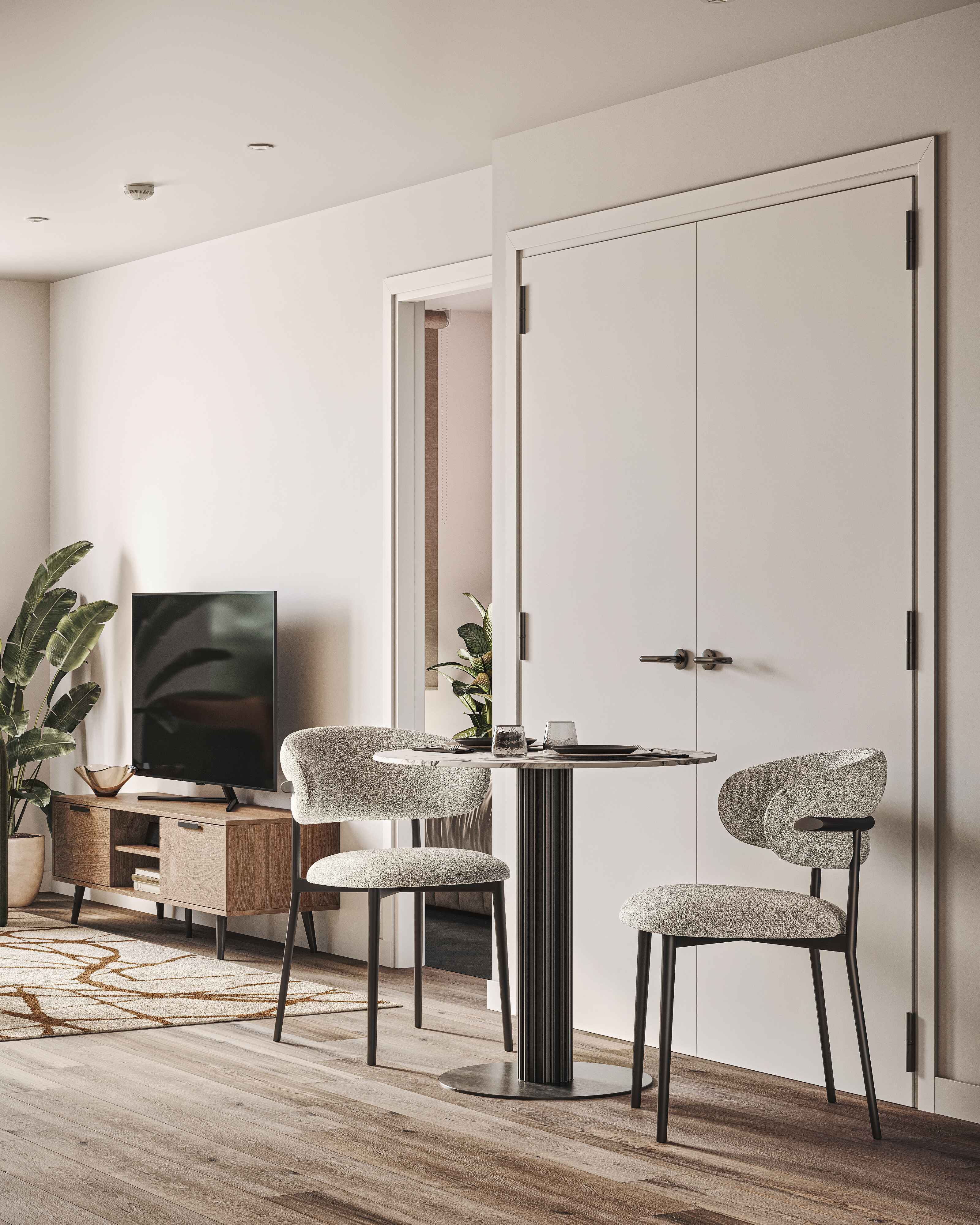Sustainable Design for Hotels: A Path to Eco-Luxury
In today’s world, sustainability is no longer just a buzzword; it’s a vital consideration across every facet of life, including interior design. As designers, our responsibility is to create spaces that are not only aesthetically pleasing but also environmentally conscious. Sustainable interior design practices are crucial in shaping spaces that promote well-being while reducing environmental impact
Eco - friendly interiors and green design principles are more than trends — they are the foundation for building a sustainable future. By carefully selecting materials and products that emphasize sustainability, we can create spaces that are beautiful, functional, and contribute to the planet's health.
In this blog, we'll explore key sustainable design practices for both homes and hospitality projects. We'll also highlight companies whose products have been integral to our projects, showcasing their commitment to sustainability.
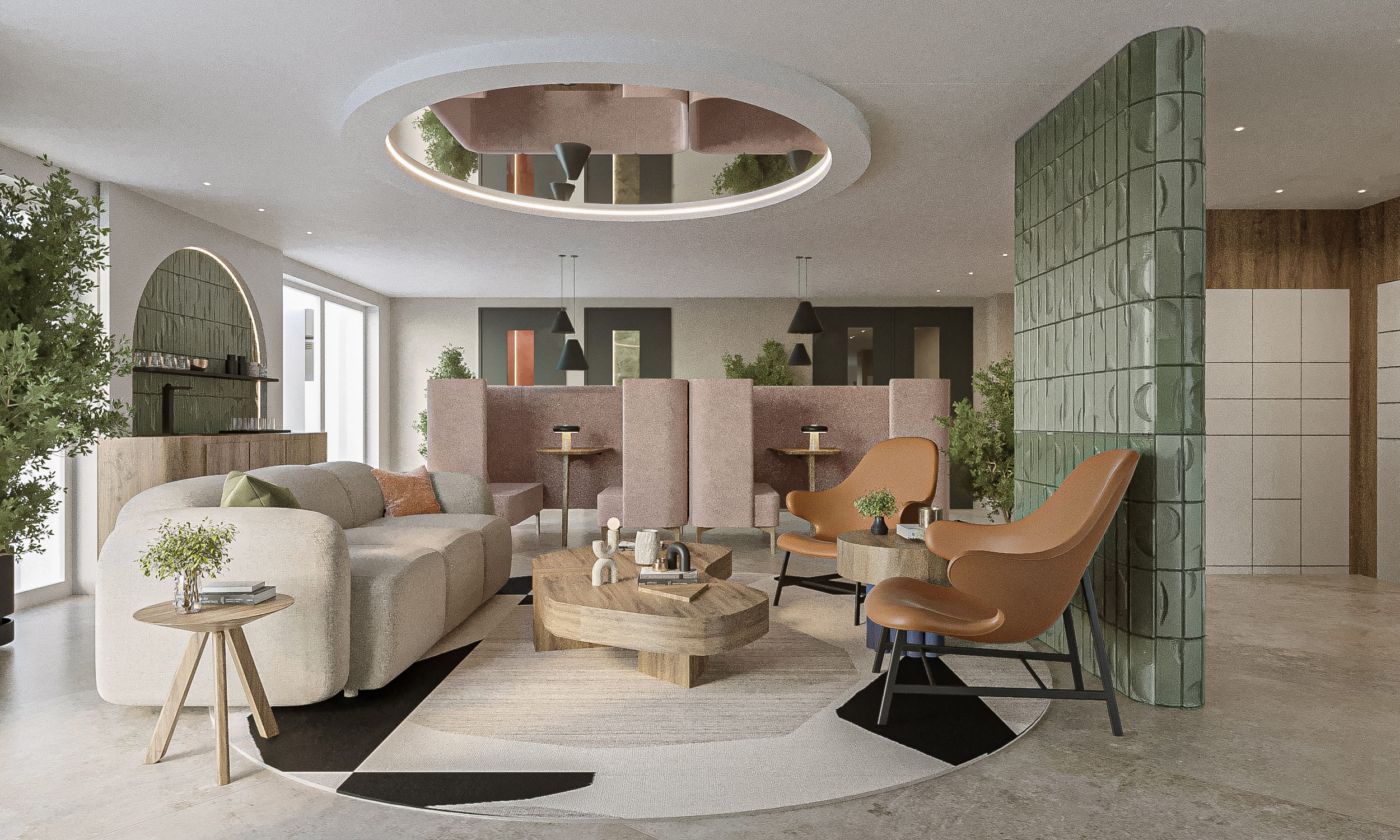
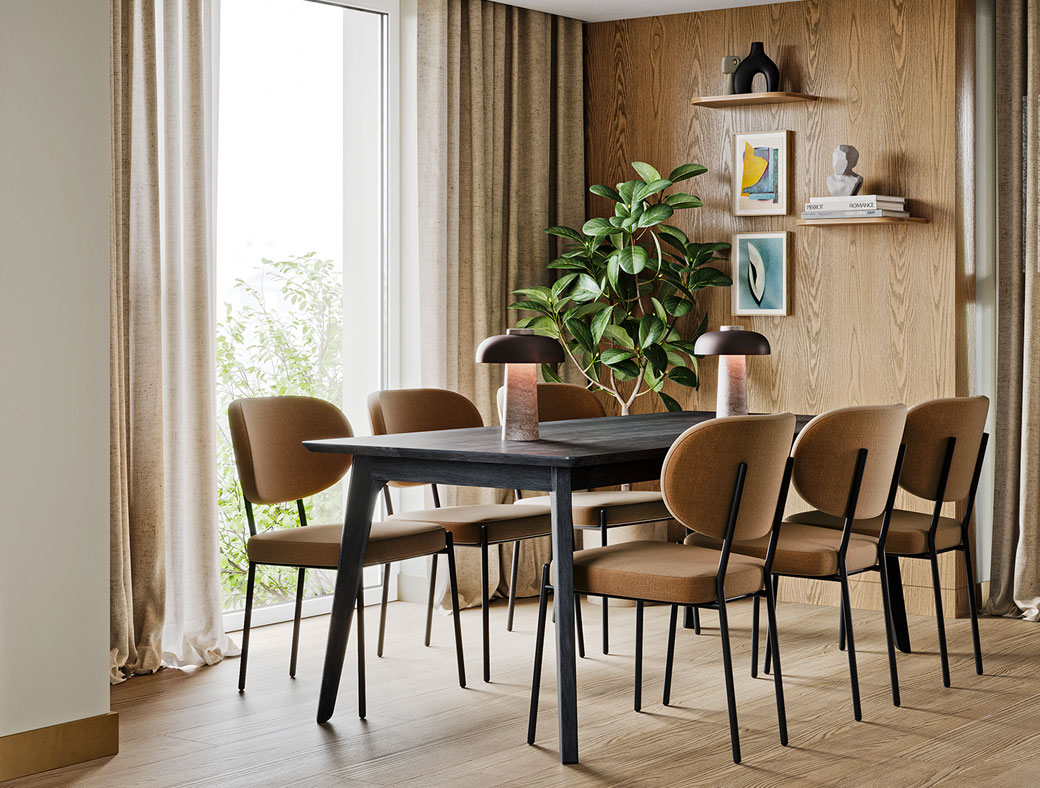
Sustainable Design Practices for Homes
Natural and Recycled Materials
Incorporating natural and recycled materials is fundamental to sustainable design. Materials such as bamboo, cork, reclaimed wood, and recycled metal are not only durable and eco - friendly but also add unique character and warmth to interiors. By choosing these materials, we can significantly reduce the demand for new resources, contributing to a more sustainable design approach.
Energy-Efficient Lighting
Lighting plays a critical role in both energy consumption and ambiance. Opting for energy-efficient lighting solutions like LED bulbs is essential for reducing energy use. LEDs offer a longer lifespan and consume significantly less energy compared to traditional incandescent bulbs. To further enhance energy efficiency, consider integrating smart lighting systems that adjust based on occupancy and natural daylight, creating a comfortable and sustainable environment
Eco-Friendly Paints and Finishes
Traditional paints often contain volatile organic compounds (VOCs), which can negatively impact indoor air quality. Selecting low-VOC or VOC-free paints and finishes helps maintain a healthier indoor environment without sacrificing aesthetic appeal. These eco-friendly options are available in a wide range of colors and finishes, allowing for creative flexibility in design.
Water Conservation
Water conservation is a critical aspect of sustainable design. Installing water-saving fixtures such as low-flow faucets, showerheads, and dual-flush toilets can significantly reduce water usage. Additionally, implementing rainwater harvesting systems and greywater recycling can optimize water use for landscaping and non-potable purposes, making homes more sustainable
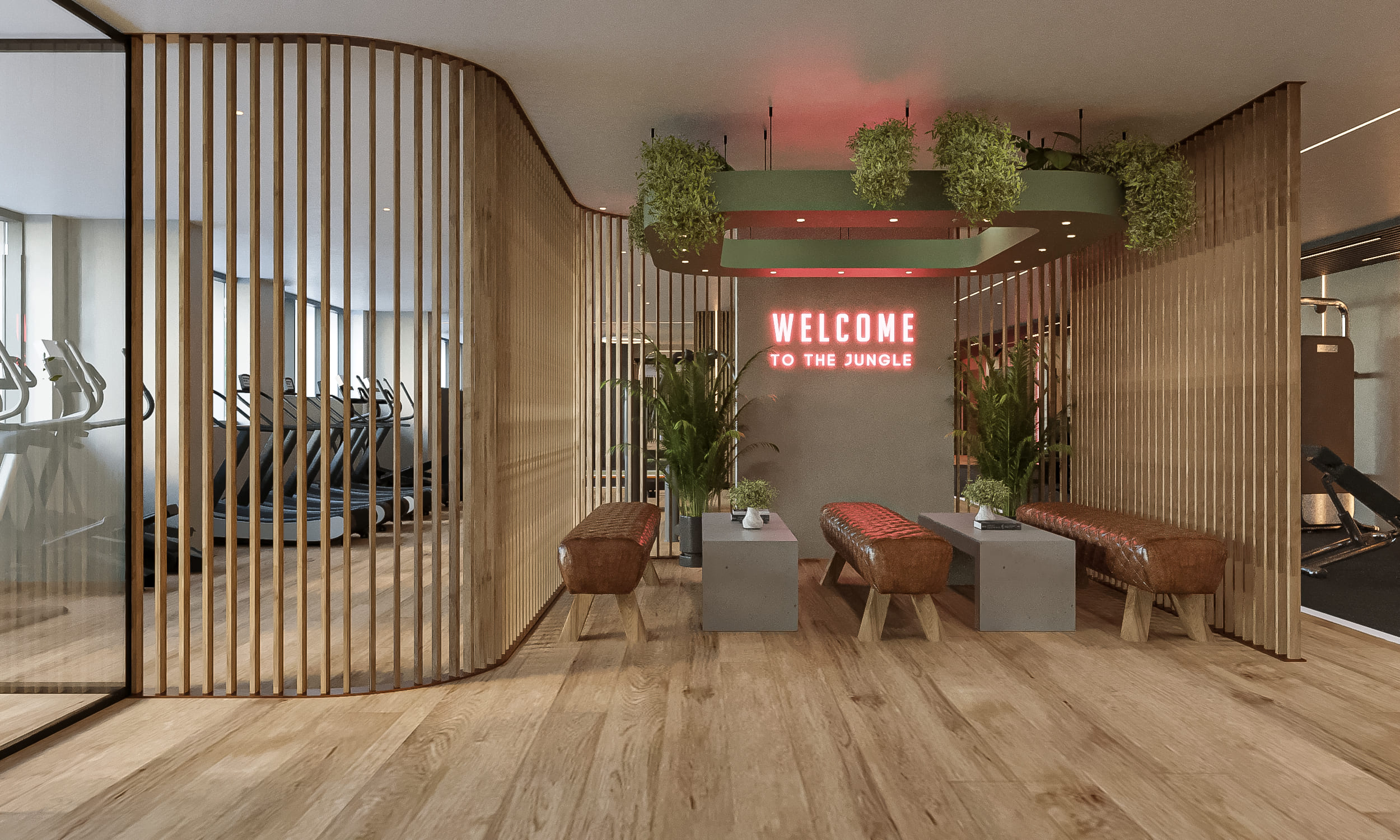
Sustainable Design Practices for Hotels
Green Certifications
Many hotels are pursuing green certifications like LEED (Leadership in Energy and Environmental Design) or Green Globe. These certifications provide a structured approach to implementing sustainable practices and highlight a hotel's dedication to environmental stewardship . Achieving these certifications not only benefits the environment but also enhances a hotel's reputation among eco - conscious travelers
Renewable Energy Sources
Incorporating renewable energy sources is a powerful way for hotels to reduce their carbon footprint. By utilizing solar panels, wind turbines, or geothermal energy, hotels can significantly lower their reliance on fossil fuels. These investments in renewable energy not only support sustainability but also offer long - term cost savings
Sustainable Furnishings
The choice of furnishings plays a crucial role in sustainable hotel design. Selecting furniture made from reclaimed wood, organic textiles, or recycled materials contributes to a luxurious yet eco-friendly interior. Sustainable furnishings offer the perfect balance of style and environmental responsibility, enhancing the overall guest experience.
Waste Reduction Programs
Implementing comprehensive waste reduction programs is essential for sustainable hotel operations. These programs might include recycling initiatives, composting organic waste, and minimizing the use of single-use plastics. Engaging guests in these efforts through education and encouragement can amplify the impact, making sustainability a shared responsibility.
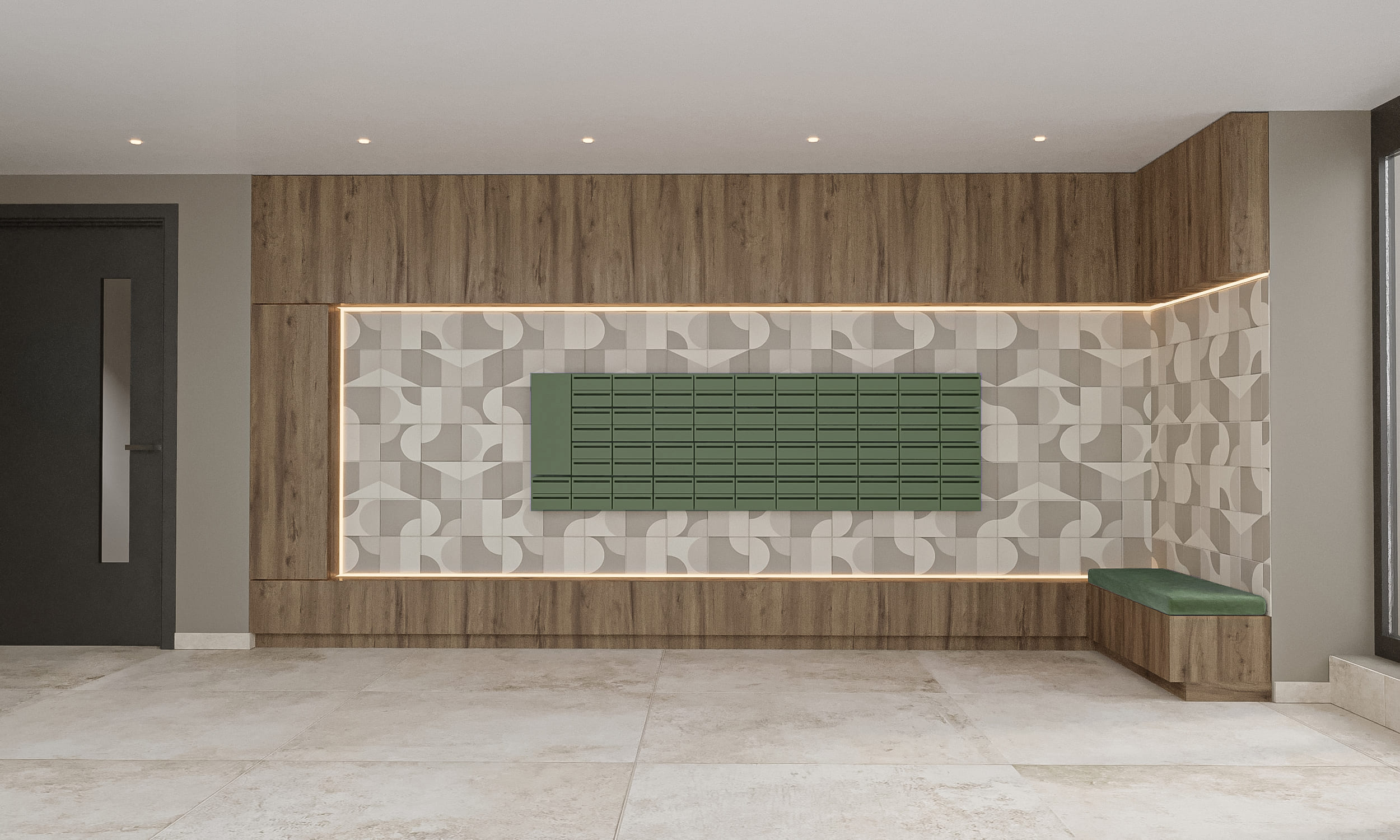
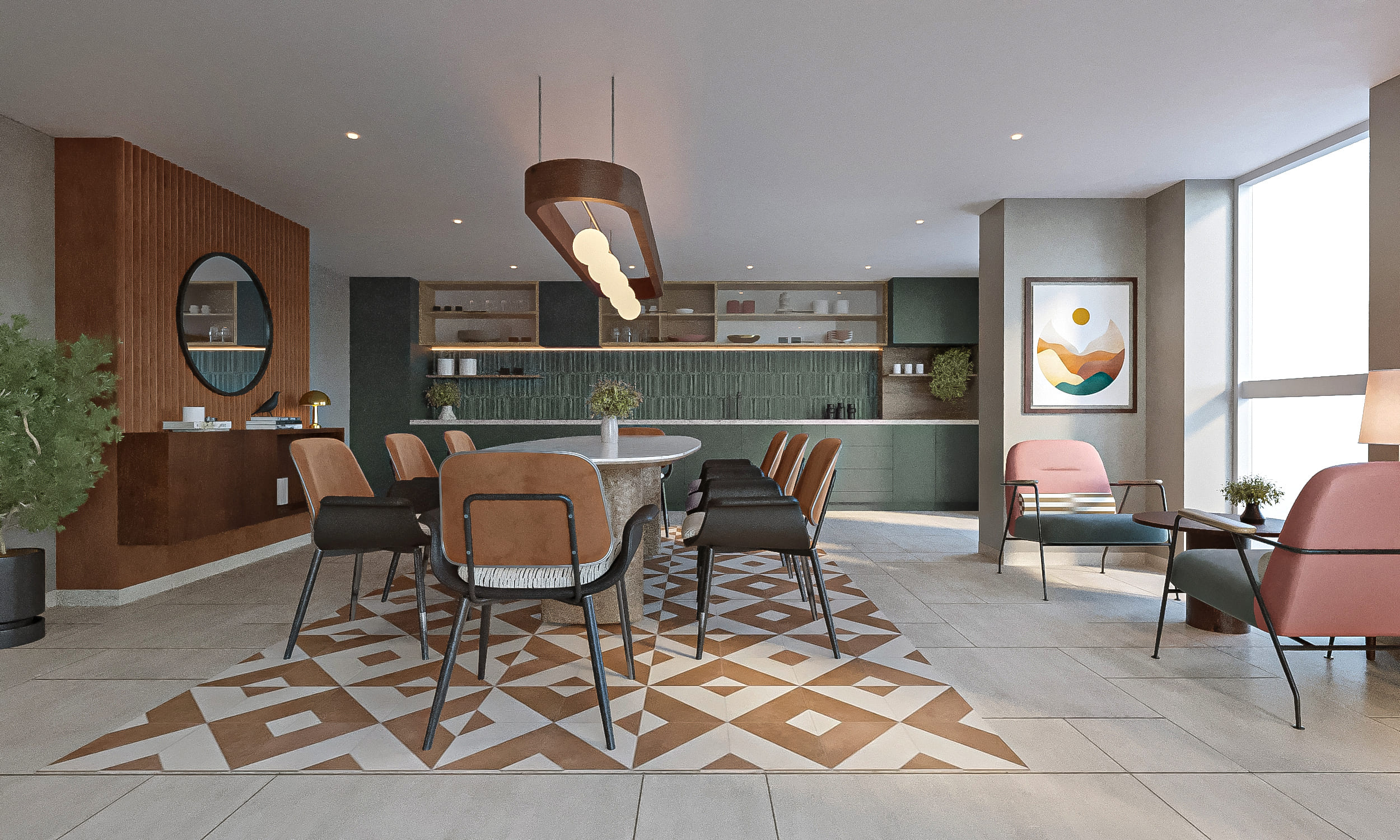
Stylish and Sustainable: Combining Form and Function
Sustainable interior design does not mean compromising on style. Modern eco - friendly interiors can be both elegant and practical. For example, large windows can maximize natural light, reducing the need for artificial lighting while creating a strong connection with the outdoors. Green walls and indoor plants not only enhance air quality but also add a refreshing, natural aesthetic to the space
In the hospitality industry, creating eco - friendly luxury experiences is becoming increasingly popular. Hotels can differentiate themselves by offering guests organic bedding, eco - friendly toiletries, and sustainably sourced gourmet cuisine. These practices appeal to environmentally conscious travelers and set a hotel apart in a competitive market.
In our interior design projects, we have consistently prioritized sustainability by integrating products from companies renowned for their eco - friendly practices. By making thoughtful choices, we not only protect the environment but also create healthier, more attractive living spaces
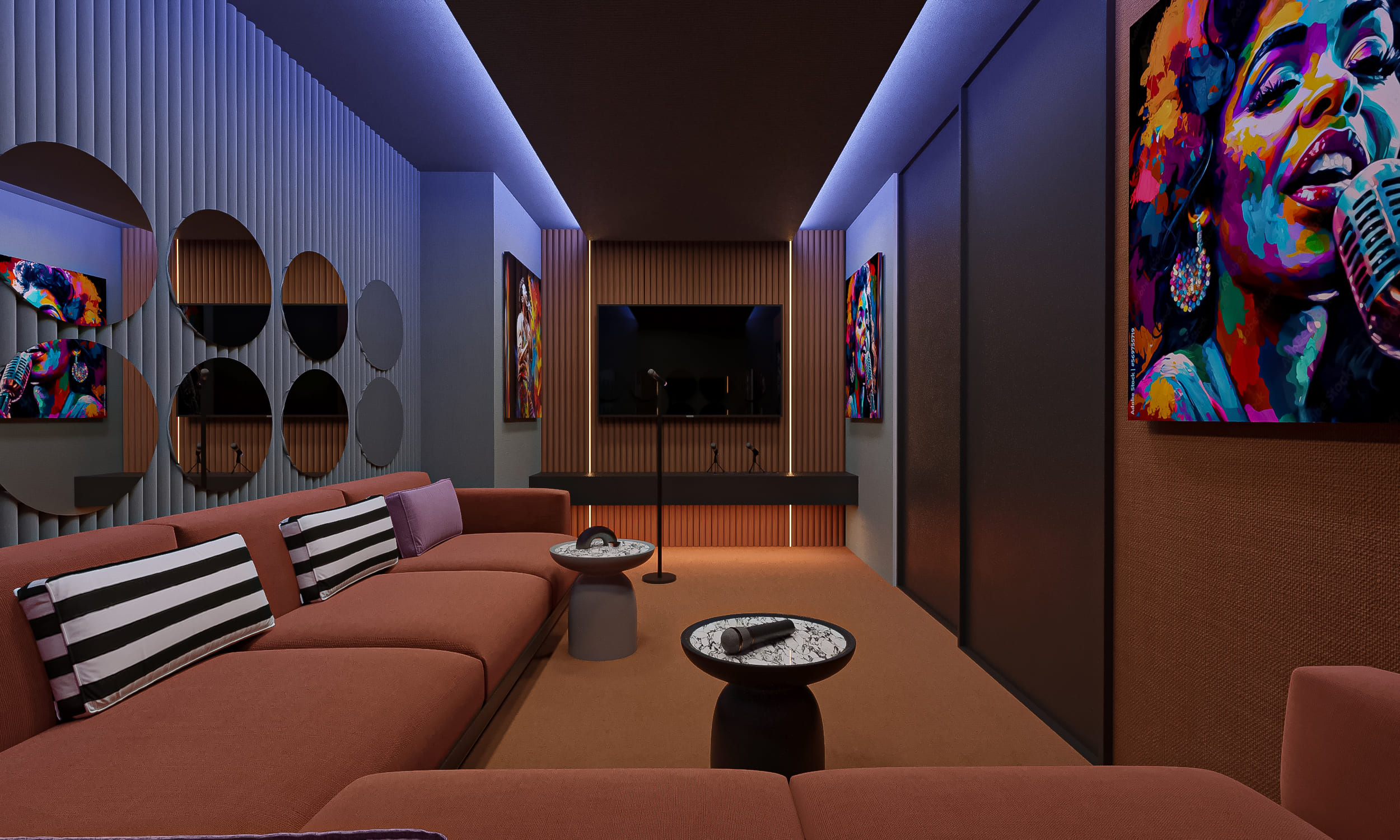
Showcasing Sustainable Brands:
Amtico: A leader in luxury vinyl tiles (LVT), Amtico combines style with sustainability. Their products are designed for longevity, reducing the need for frequent replacements and minimizing waste. Amtico also incorporates recycled content and ensures that their manufacturing processes are energy - efficient and environmentally responsible.
Atlas Concorde: Known for their high - quality porcelain tiles, Atlas Concorde emphasizes sustainability by using recycled materials and energy - efficient production methods. Their tiles contribute to LEED certification points, making them a top choice for sustainable building projects.
Karndean: Specializing in luxury vinyl flooring , Karndean focuses on creating beautiful, durable products free from harmful chemicals. Their commitment to sustainability is evident in their low - impact production processes and the use of recyclable materials.
Domus: Offering innovative surface solutions, Domus integrates recycled content into their products and prioritizes low-impact production. Their tiles are an excellent choice for creating stylish, sustainable interiors.
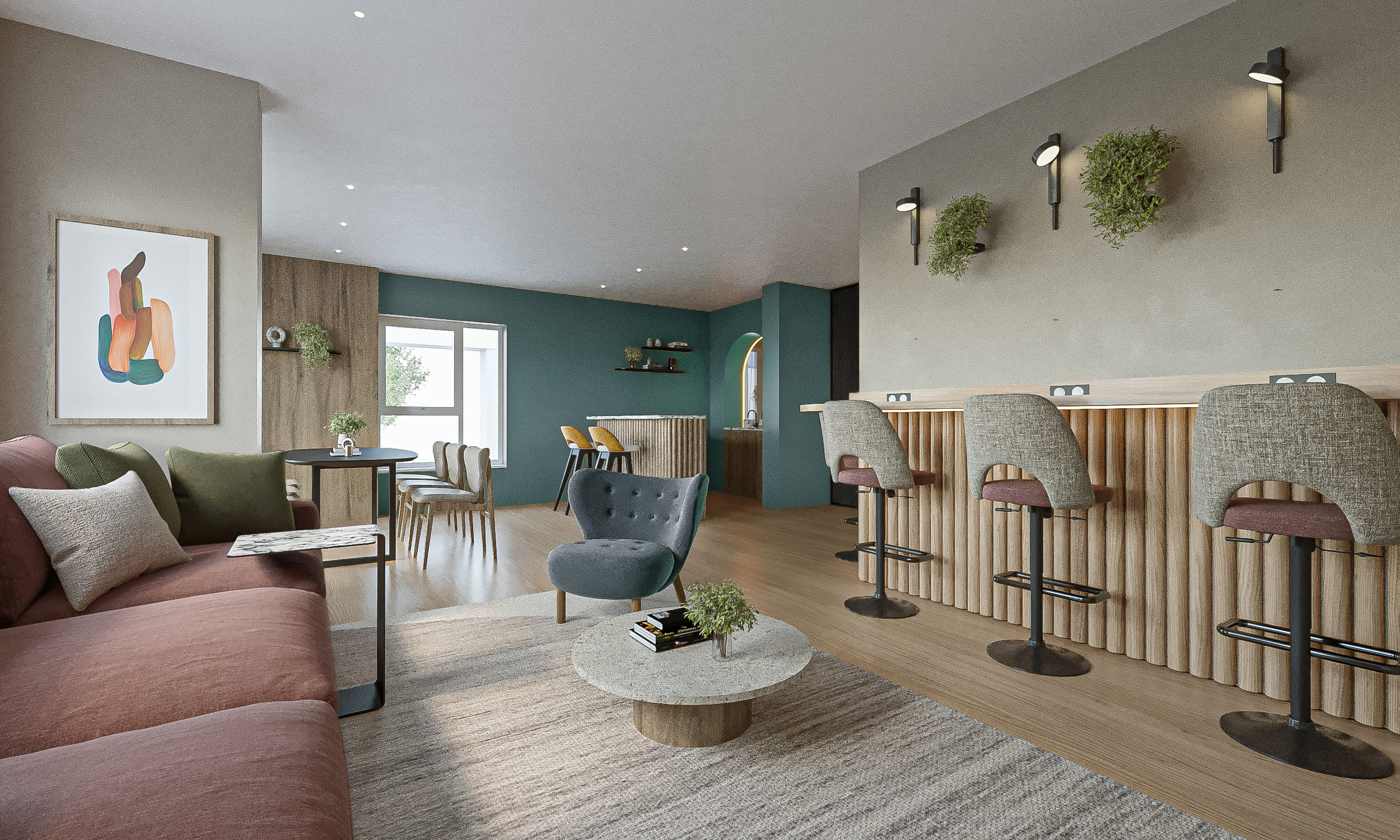
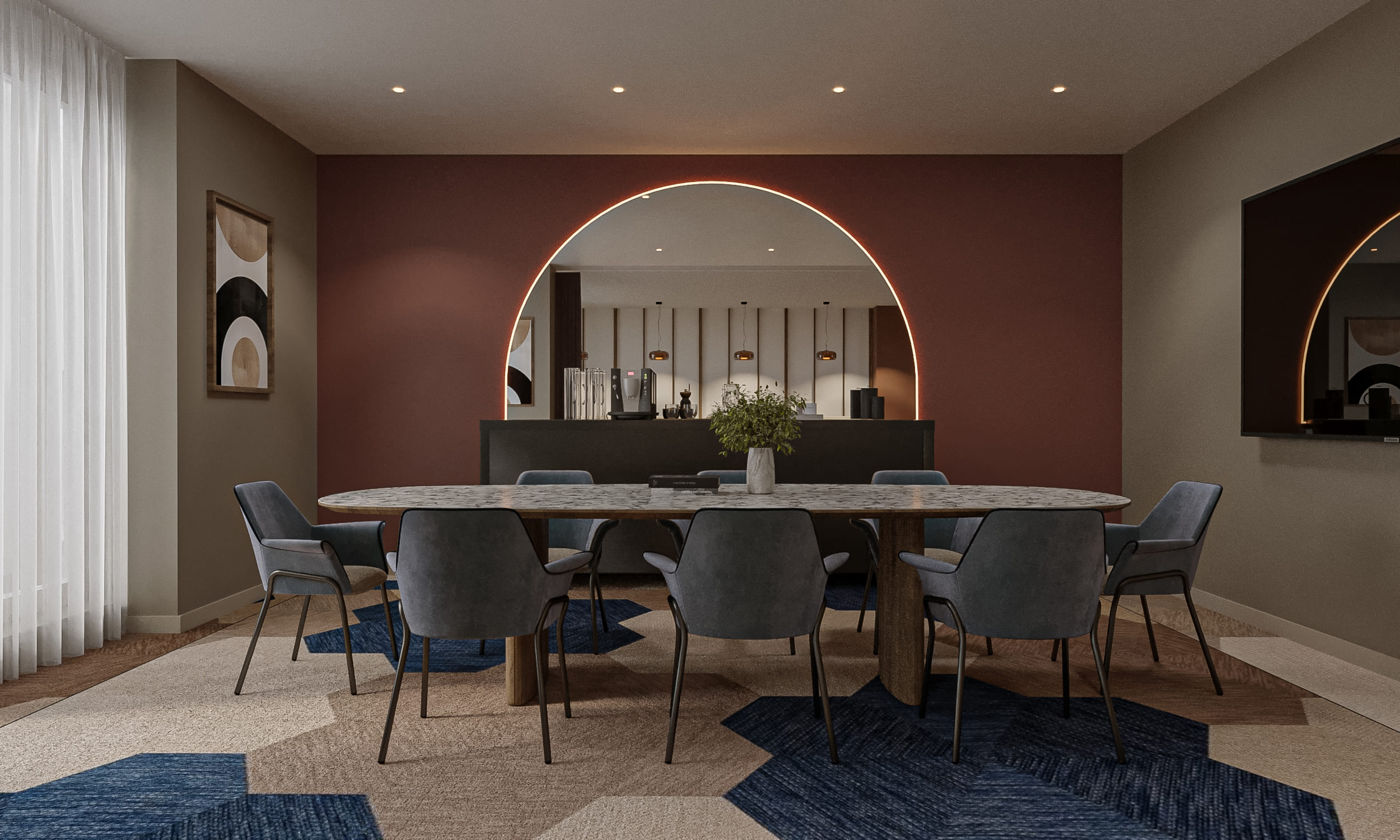
Mutina: This brand marries artistic creativity with sustainability in their ce ramic tile offerings. Mutina is committed to reducing waste and energy use, making their products ideal for eco - friendly interior design.
Bolon: A Swedish brand known for its woven vinyl flooring, Bolon combines durability with design versatility. Their focus on minimizing waste and energy use during production makes them a standout choice for sustainable interiors.
Frem Group: Specializing in sustainable furniture, Frem Group's products are both functional and environmentally responsible. Their commitment to longevity and eco - friendly materials makes them ideal for green design projects.t
Woven Image: Leading the way in sustainable acoustic panels and wall coverings, Woven Image uses primarily recycled materials. Their products enhance both sound quality and indoor air quality, supporting eco - friendly design.
Tarkett: Offering a wide range of flooring solutions, Tarkett is a champion of the circular economy, using recycled materials and designing products for recyclability. Their commitment to sustainability makes them a preferred choice for various interior design settings.
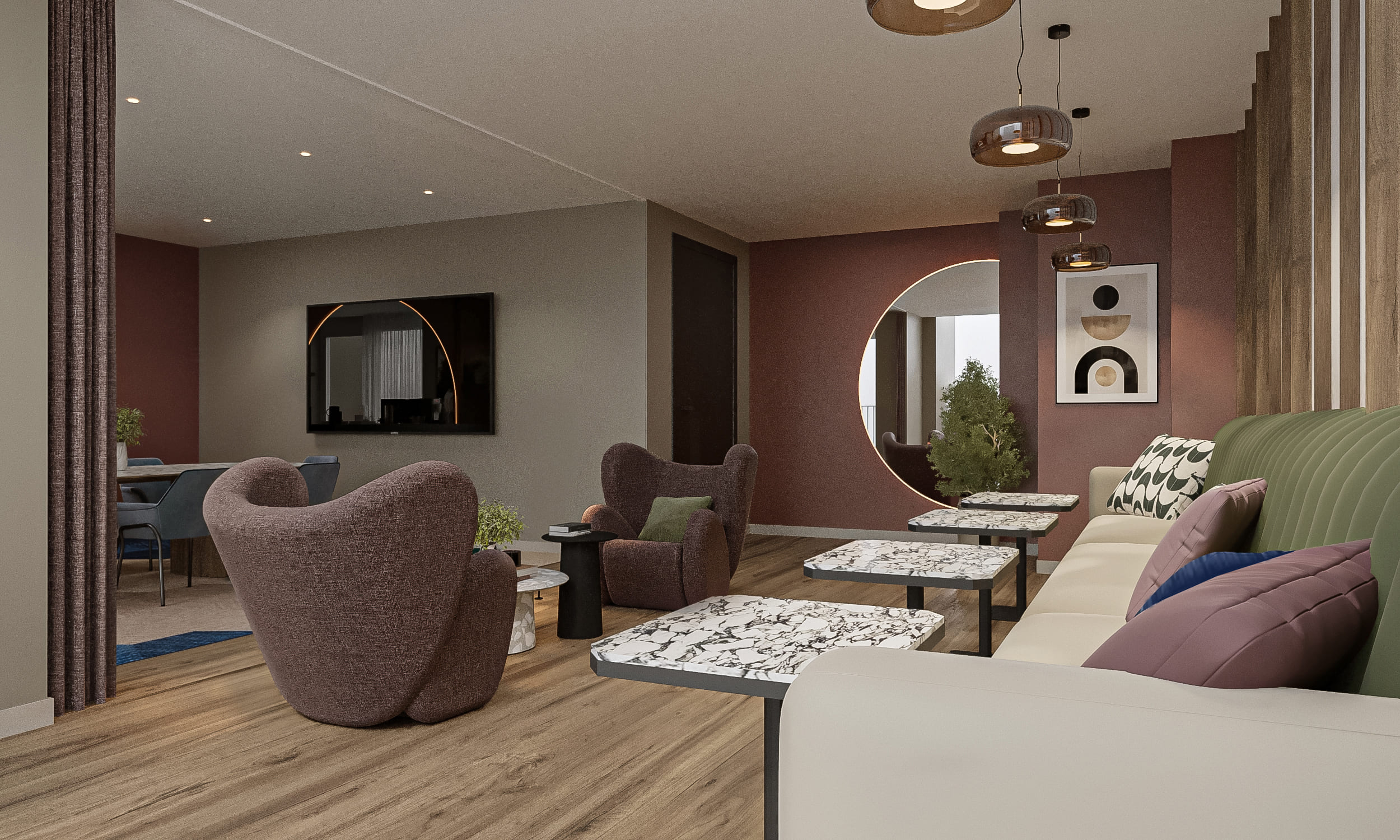
Conclusion
Sustainable interior design is essential for creating stylish, healthy, and eco-friendly spaces in both homes and hotels. By integrating natural and recycled materials, energy-efficient systems, and waste reduction programs, designers can significantly minimize the environmental impact of their projects. As awareness of environmental issues continues to grow, sustainable design will remain a cornerstone of responsible and forward-thinking interior design, building a better future for all.


